Jabuticaba Tree
- November 21, 2023
- 1 comment
The Jabuticaba tree, scientifically known as Plinia cauliflora, is a unique and fascinating species native to Brazil. What sets this tree apart is its distinctive characteristic of bearing fruit directly on its trunk.
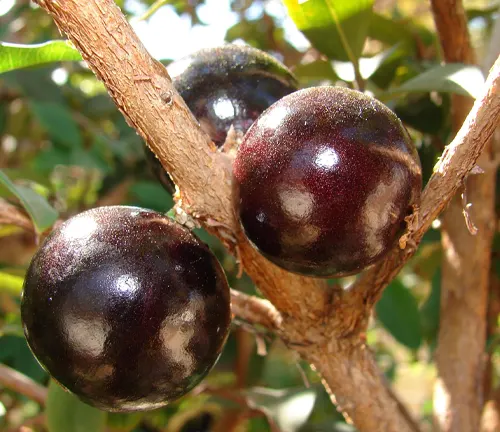
Unlike most fruit-bearing trees, the Jabuticaba’s trunk is covered in grape-like clusters of dark purple berries, creating a surreal and enchanting sight. The fruit, also called jabuticaba, has a thick, grape-like skin with a sweet, aromatic flavor and is often used to make jams, jellies, and wines.
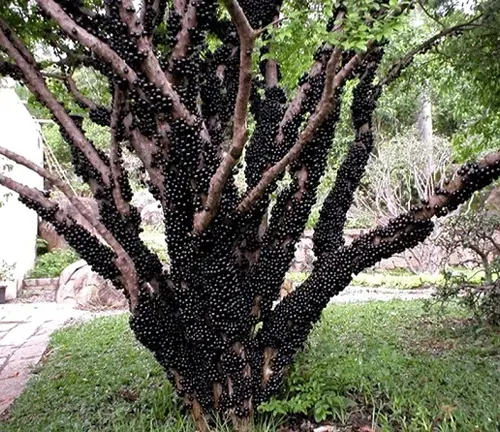
This evergreen tree, belonging to the Myrtaceae family, not only captivates with its unusual fruiting pattern but also boasts glossy, dark green leaves and delicate white flowers. Beyond its aesthetic appeal, the Jabuticaba tree holds cultural significance in Brazil, where it is cherished for its delicious fruit and employed in various culinary and medicinal applications. The tree’s ability to fruit directly from its trunk adds to its allure, making the Jabuticaba a botanical wonder that continues to capture the imagination of those who encounter it.
| Characteristic | Description |
|---|---|
| Scientific Name | Plinia cauliflora |
| Common Name | Jabuticaba |
| Family | Myrtaceae |
| Native To | Brazil |
| Fruiting Pattern | Bears fruit directly on the trunk |
| Fruit Appearance | Dark purple, grape-like clusters |
| Fruit Flavor | Sweet and aromatic |
| Uses | Culinary (jams, jellies, wines), medicinal |
| Foliage | Glossy, dark green leaves |
| Flowers | Delicate white flowers |
| Growth Type | Evergreen |
| Cultural Significance | Important in Brazilian culture |
| Unique Feature | Unusual fruiting pattern on the trunk |
Botanical Beauty of the Jabuticaba Tree
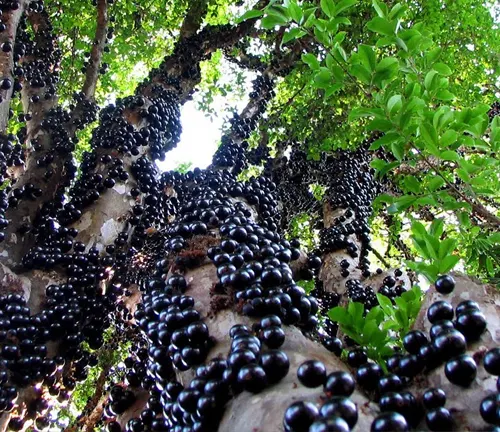
The Jabuticaba tree, scientifically known as Plinia cauliflora, stands out as a botanical marvel, captivating onlookers with its unique and enchanting characteristics. What sets this tree apart is its distinctive fruiting pattern, as it bears its dark purple, grape-like clusters directly on the trunk. Beyond its fruit, the Jabuticaba tree boasts glossy, dark green leaves and delicate white flowers, creating a stunning visual spectacle in its natural habitat. The aesthetic allure of this botanical beauty makes it a unique and cherished species in the world of flora.
Woodland Elegance
In the realm of woodland elegance, the Jabuticaba tree reigns supreme with its graceful presence. The tree’s elegant stature, adorned with clusters of dark purple fruit, creates a surreal and enchanting ambiance in the forest. Whether standing tall in a pristine wilderness or adding a touch of elegance to cultivated landscapes, the Jabuticaba tree embodies the harmonious blend of natural beauty and sophistication.
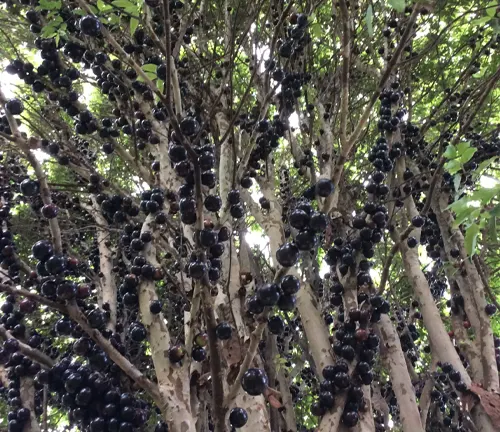
Ecological Importance
Beyond its aesthetic appeal, the Jabuticaba tree plays a vital role in the ecology of its native habitat. The tree’s ability to bear fruit directly on its trunk provides a unique food source for local wildlife. Birds and other fauna are drawn to the sweet, aromatic berries, contributing to the biodiversity and ecological balance of the surrounding ecosystem. As a cornerstone species, the Jabuticaba tree exemplifies nature’s intricate web of interdependence.

Cultivation and Conservation
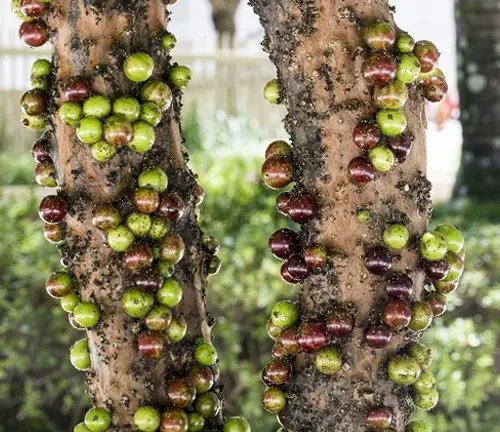
Efforts in the cultivation and conservation of the Jabuticaba tree are crucial to preserving its uniqueness and ecological contributions. While the tree is native to Brazil, cultivation initiatives are underway to introduce this botanical wonder to a broader audience. Conservation efforts focus on protecting the natural habitats where the Jabuticaba thrives, ensuring the sustainability of this remarkable species for generations to come.
Fragrance
The fragrance of the Jabuticaba tree is a sensory delight that enhances its overall allure. Whether in bloom with delicate white flowers or laden with clusters of ripe fruit, the tree emits a subtle and pleasing aroma. This olfactory dimension adds to the sensory experience of encountering the Jabuticaba, making it a truly multi-sensory botanical encounter.
Soil Stabilization
The Jabuticaba tree contributes to soil stabilization, thanks to its extensive root system. The roots help prevent soil erosion and enhance soil structure, making the tree a valuable ally in maintaining the health of its ecosystem. This aspect of the Jabuticaba’s role showcases its importance not only above ground but also below the surface, contributing to the overall stability of the environment.
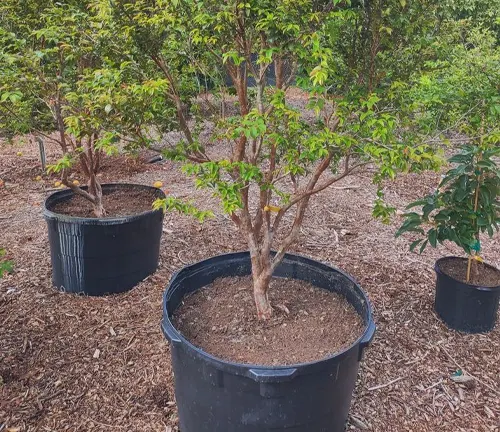
Common Uses
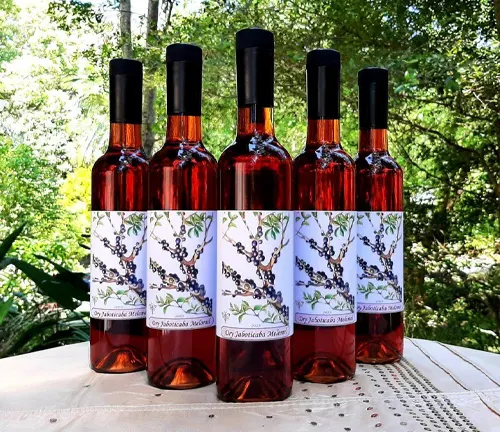
The Jabuticaba tree is not only a botanical wonder but also a source of various practical uses. The dark purple berries find their way into culinary creations, such as jams, jellies, and wines, adding a unique and flavorful twist to local delicacies. The versatility of the fruit expands its usage beyond culinary applications, with potential medicinal uses that have been explored and valued in traditional practices.
Benefits
The benefits of the Jabuticaba tree extend beyond its visual and practical appeal. Its fruit, rich in antioxidants and vitamins, offers a nutritious addition to the diet. The tree’s presence in the environment contributes to the well-being of local ecosystems, promoting biodiversity and ecological resilience. Cultivating and preserving the Jabuticaba tree thus brings forth a multitude of benefits, from aesthetic enjoyment to ecological sustainability and nutritional value.
Different Species
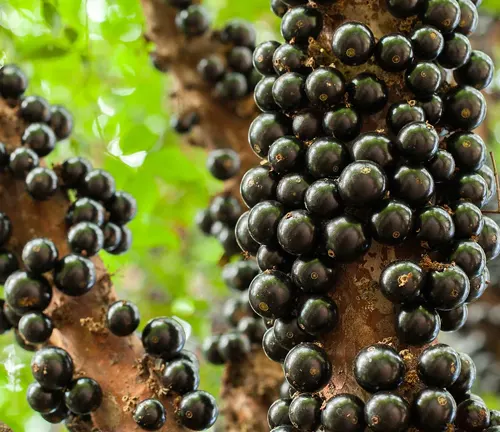
Plinia cauliflora
(Common Jabuticaba)
This is the most well-known and widely cultivated species. It is native to Brazil and is characterized by its distinctive fruiting habit, with dark purple berries growing directly on the trunk.
Plinia trunciflora
(Red Jabuticaba)
Also native to Brazil, this species is closely related to Plinia cauliflora but is recognized by its smaller, reddish fruits. Like the common Jabuticaba, it bears fruit on the trunk.
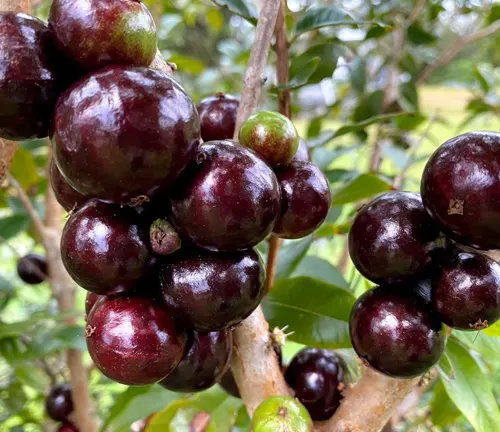
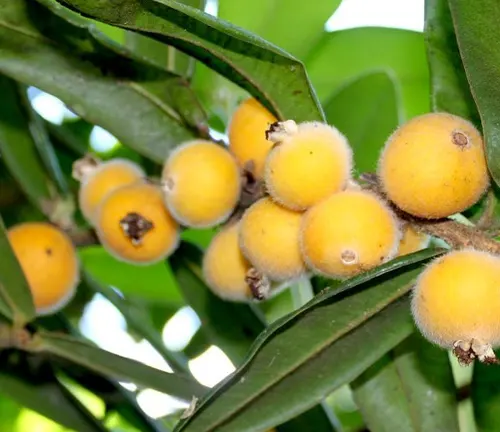
Plinia jaboticaba
(Yellow Jabuticaba)
Found in the Atlantic Forest region of Brazil, this species is known for its yellow fruits. The Jaboticaba fruits have a sweet and tangy flavor, distinguishing it from other Jabuticaba varieties.
Plinia aureana
(Sabará Jabuticaba)
Native to the Sabará region in Brazil, this species produces larger fruits compared to the common Jabuticaba. The Sabará Jabuticaba is highly valued for its fruit quality.
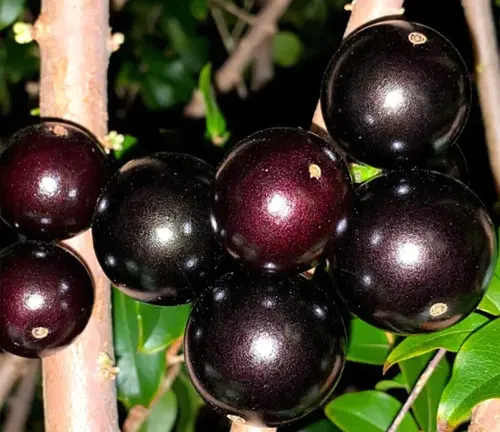
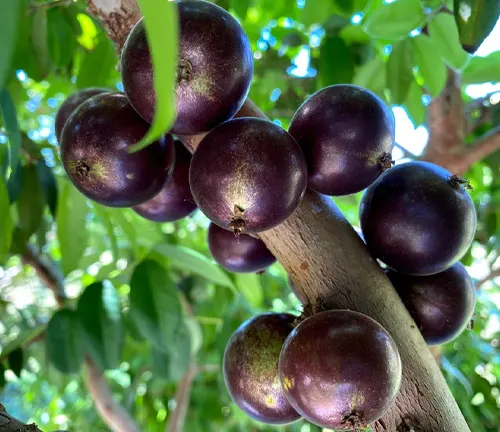
Plinia phitrantha
(Grimal Jabuticaba)
Indigenous to Brazil, the Grimal Jabuticaba is recognized for its compact size and smaller, sweet fruits. It is often chosen for ornamental purposes and home gardens.
Plinia edulis
(Cambui)
While not commonly referred to as Jabuticaba, the Cambui is a related species in the Plinia genus. It produces small, round fruits that are often used in culinary applications similar to Jabuticaba.

Frequently Asked Questions (FAQs)
- What is a Jabuticaba tree?
The Jabuticaba tree, scientifically known as Plinia cauliflora, is a unique fruit-bearing tree native to Brazil. It is renowned for its distinctive habit of bearing fruits directly on its trunk. - How does the Jabuticaba tree fruit?
The tree bears grape-like clusters of dark purple berries directly on its trunk, creating a visually striking and unusual appearance. This is a distinctive feature that sets it apart from many other fruit-bearing trees. - What do Jabuticaba fruits taste like?
Jabuticaba fruits have a sweet and aromatic flavor. The taste is often described as a blend of grapes and lychee, making it a unique and delightful culinary experience. - Can I grow Jabuticaba trees outside of Brazil?
While Jabuticaba is native to Brazil, efforts have been made to cultivate these trees in other regions with similar climates. However, successful cultivation may depend on specific environmental conditions, and it’s advisable to consult with local horticulturists. - How long does it take for Jabuticaba trees to bear fruit?
Jabuticaba trees typically start bearing fruit within 5 to 7 years after planting. However, the exact time can vary depending on factors such as environmental conditions, soil quality, and care practices. - Are Jabuticaba trees suitable for home gardens?
Yes, Jabuticaba trees can be grown in home gardens, provided they are given the right conditions. They make attractive ornamental additions and can also yield a bountiful harvest of delicious fruits. - What are the common uses of Jabuticaba fruits?
Jabuticaba fruits are used in various culinary applications, including making jams, jellies, wines, and liqueurs. The versatility of the fruit extends to both sweet and savory dishes, showcasing its culinary appeal. - Are there different species of Jabuticaba trees?
Yes, there are various species within the Plinia genus, commonly referred to as Jabuticaba trees. Each species may have unique characteristics, such as fruit color, size, and flavor. - Do Jabuticaba trees have any medicinal benefits?
While Jabuticaba fruits are rich in antioxidants and vitamins, and traditional medicine in Brazil has explored potential medicinal uses, more research is needed to establish specific health benefits definitively. - How do I care for a Jabuticaba tree?
Proper care includes providing well-draining soil, regular watering, and ensuring the tree receives adequate sunlight. Pruning may be necessary to shape the tree and promote optimal fruiting.


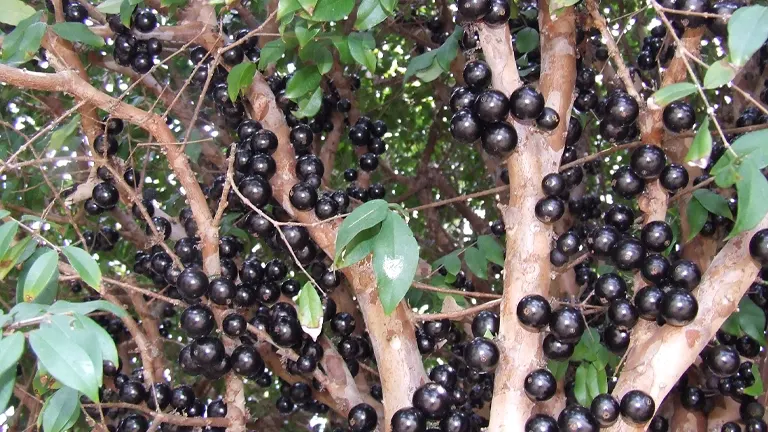



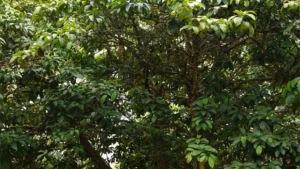
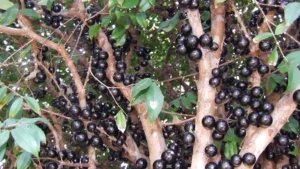
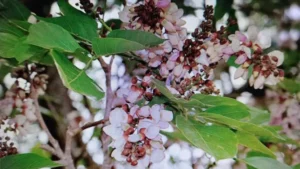
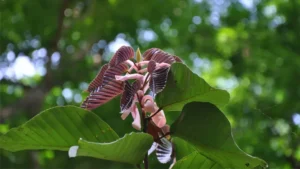
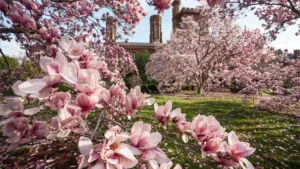
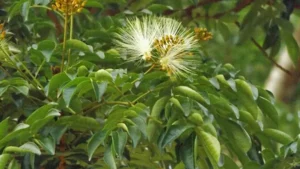

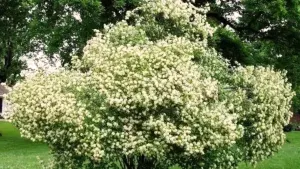
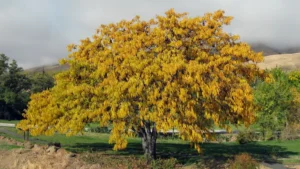
What do the flowers look like? Do they grow right out of the bark, as the first stage of flowering? Do you have a picture?
Mary Bishop
April 19, 2024 8:46 pm